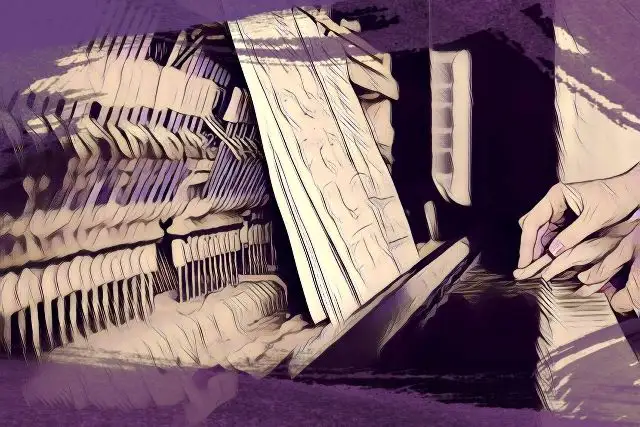Sometimes even the most fundamental building blocks of music theory are left unexplained to budding artists. Music theory has a pretty confusing lexicon that can be a bit overwhelming if you're still trying to learn the craft. Fortunately, we are committed to unpacking even the smallest subsets of music theory at Emastered.
Today, we'll take a look at what a measure means in music and showcase how to understand measures in sheet music. We'll work through several different types of measures so that you can leave this piece with a confident understanding of measures in several different contexts.
What is a Measure?
A measure is a unit of time within a piece of music. Each measure has a consistent length based on a piece's time signature and is defined by a certain amount of beats. Measures are broken up on sheet music by stark, black lines, which are referred to as bar lines. For this reason, you might hear measures referred to as "bars". In order to find out how many beats fall within a measure, you look to the top number of the time signature, as further explored below.

Why are Measures in Music Important?
Measures in music help musicians keep time and navigate a piece while writing music or collaborating during a performance. For instance, an instrumentalist might ask the drummer to "start at bar 4" or measure 4 to quickly communicate where a collaborator should jump in.
The organization provided by measures also makes it easier for musicians to break down a piece into chunks-- without distinct sections outlined by measures, reading a continuous piece of sheet music may be too overwhelming. The vertical bar lines showcased in between measures can also provide additional information, such as asking for a repeated section or marking the end of a piece of music.
The 5 Types of Bar Lines Vs. Measures
Between each measure, you'll see vertical lines which are known as bars. In conversation, the term "bar" may be used to communicate "measure", but bar lines are really the marking that separates measures. As showcased below, there are several types of bar lines, with each holding its own meaning:
Single Bar Line
This is the most common type of bar line. The single bar line is used to separate one measure from the next.
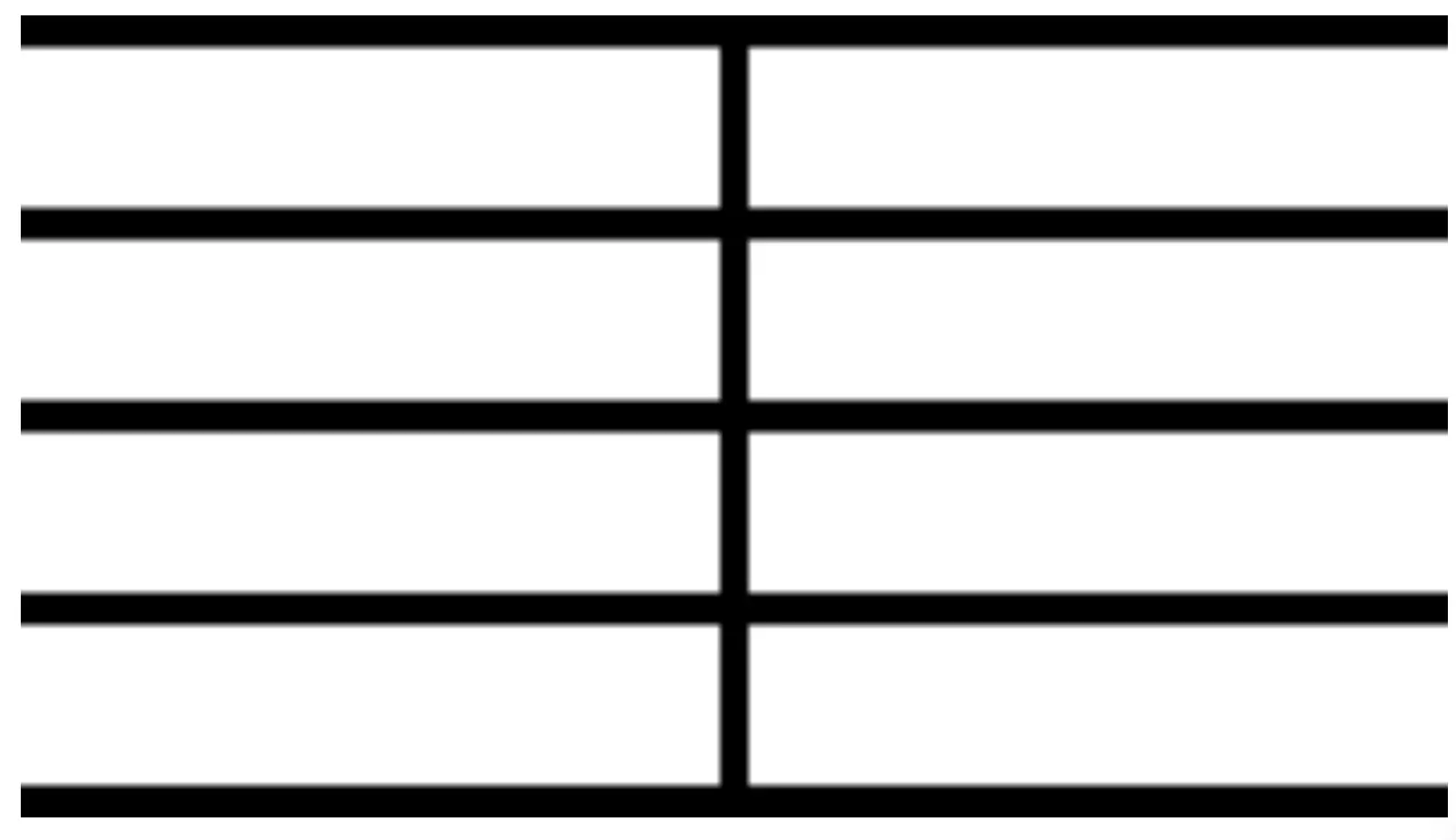
Double Bar Line
The double bar line has two vertical lines, used to communicate the beginning and end of sections. For instance, you may use double bar lines to showcase moving from a song's verse to the chorus.
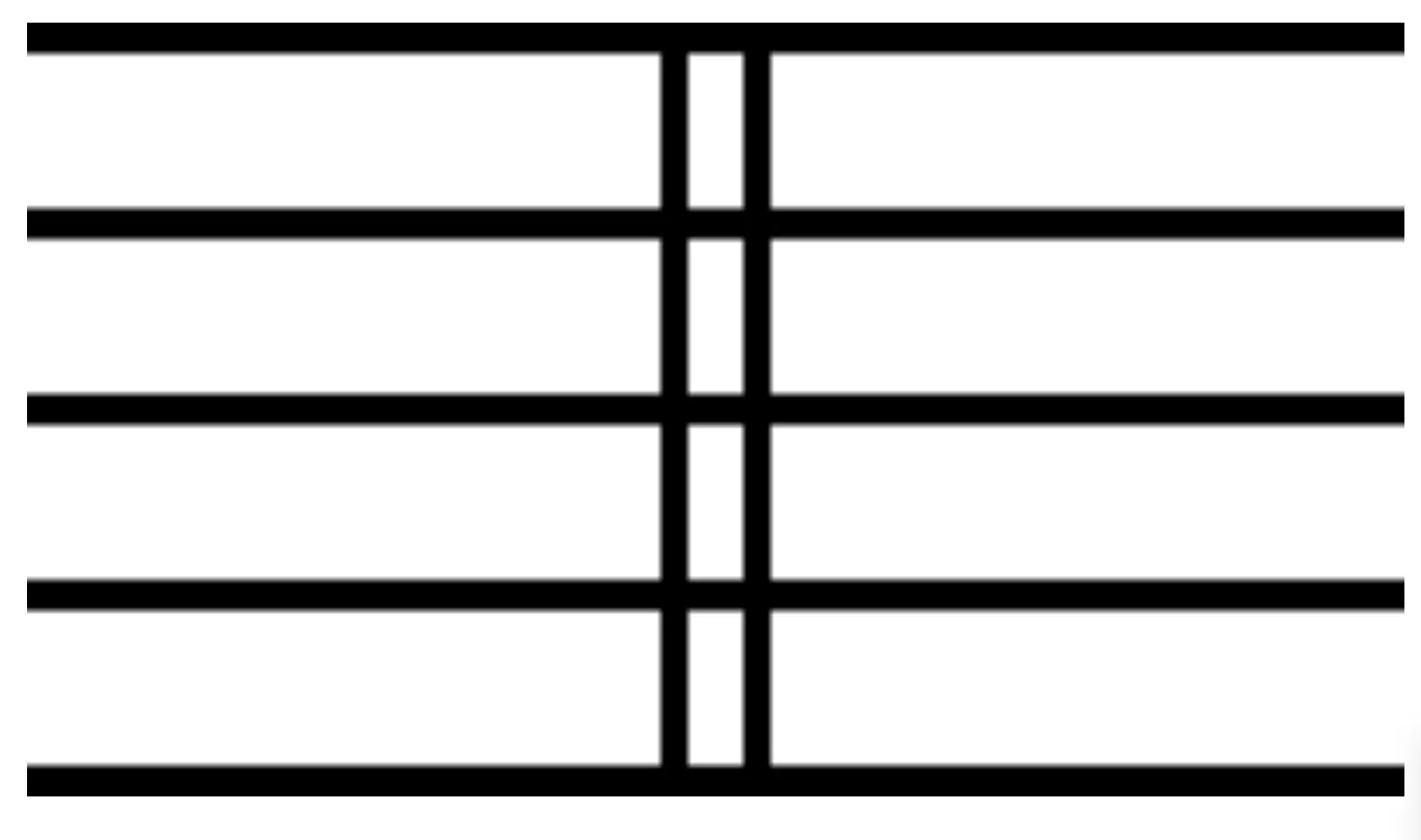
Start Repeat
The start repeat symbol showcases double bar lines with two dots on the lefthand side of a measure. This indicates where a repeated section starts.

End Repeat
The end repeat symbol looks just like the start repeat symbol, just on the righthand tail of the repeated section. This symbol helps distinguish where a the repeated section ends.
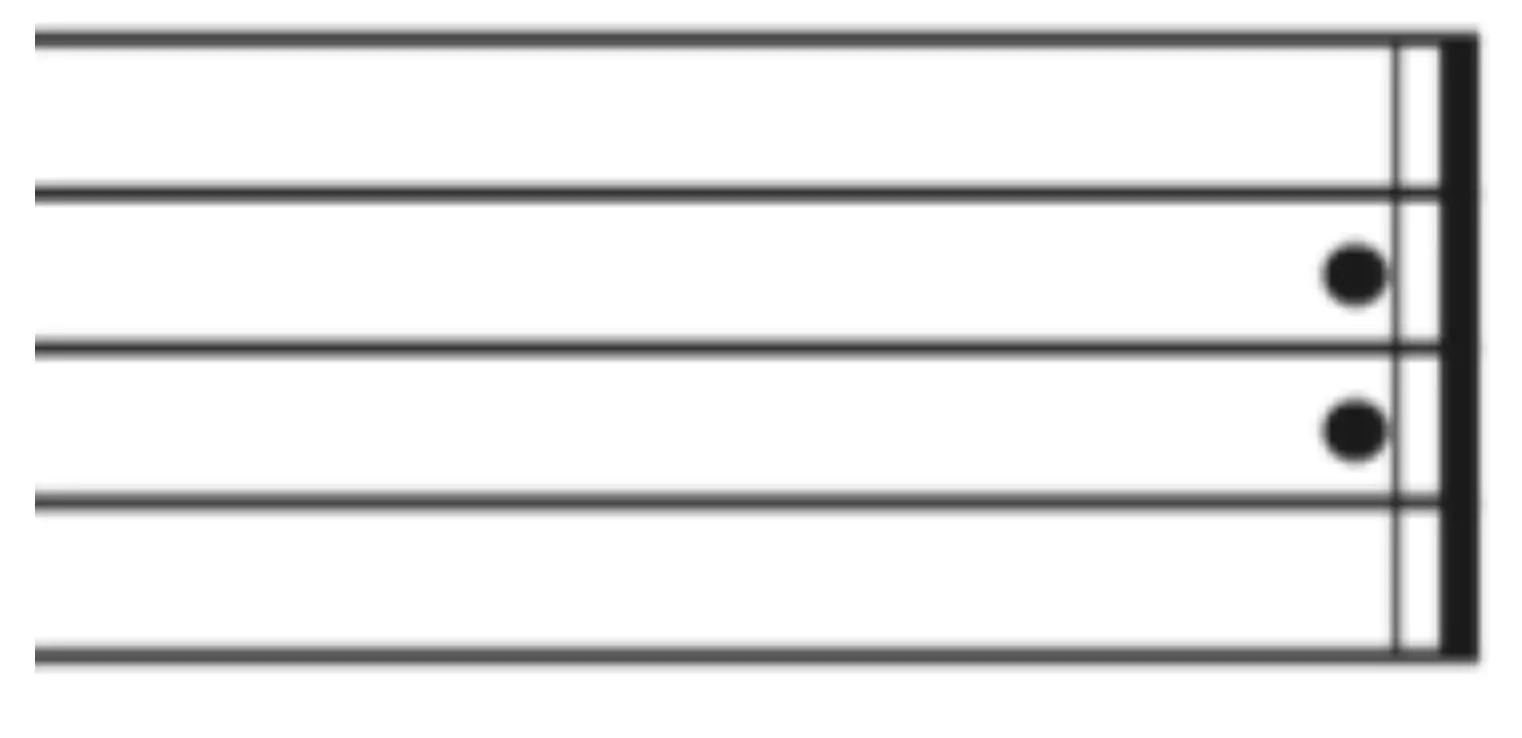
End Bar Lines
The end bar lines, which appear as two vertical lines, with one extra bold on the righthand side of a measure is used to communicate the end of a particular piece of music. You will only see this on the final measure of a piece of sheet music.
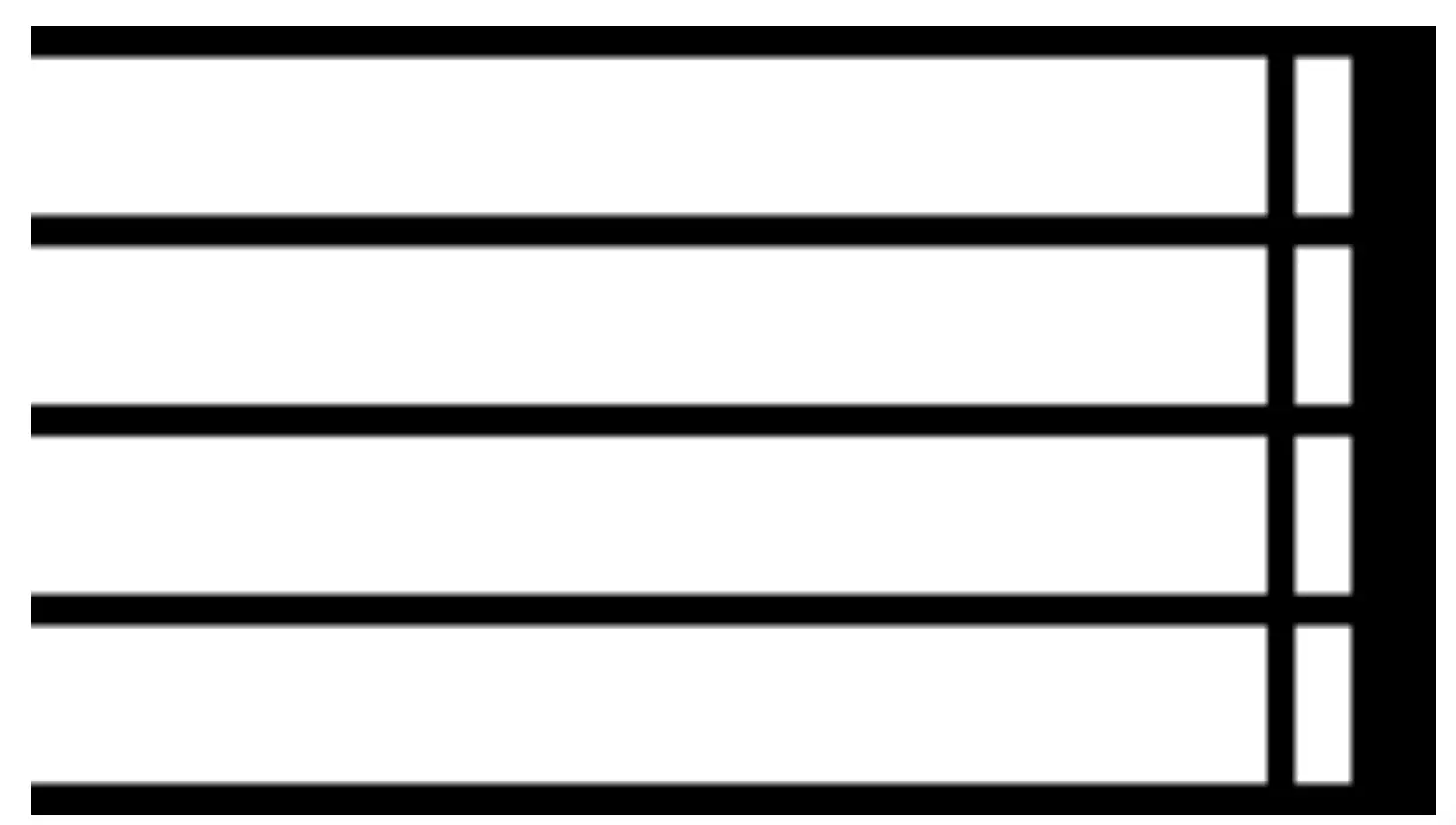
In any case, all bar lines except the end bar lines give further context to how a piece should be performed in the next measure.
How Long Is a Music Measure?
In order to determine how long a music measure is, you need to look to a piece's time signature as discussed below. The time signature shows how to perform a piece in relation to a particular tempo, dictating what type of beat is played, and how many beats are played per measure. You can find this musical notation at the beginning of a piece, to the left of the first measure.
Decoding a Time Signature
A time signature details how many beats are played per measure. Time signatures can also be referred to as meter signatures, and are presented as two numbers stacked on top of one another ahead of the first measure in a song.
The top number of a time signature dictates how many beats are played per measure. The bottom number showcases what kind of beat you use within those measures. For instance, in 4/4, the bottom number dictates to use a quarter note. In 5/8 time, you know that each measure will be the equivalent of 5 eighth notes.
The more common time signature in western music is known as common time, which is 4/4. 4/4 means that the piece is performed with 4 beats per measure, with quarter note values.
Time signatures can be a bit confusing, so don't worry if you're not grasping the concept off the bat. Use this video to help you have a stronger understanding of the topic:
Measures In Music FAQ
Do you have more questions about measures in sheet music? These FAQs might be exactly what you're looking for:
What does measure in music mean?
A measure can be thought of as a single unit in a song comprised of a certain amount of beats. The amount of beats played per measure is determined by the time signature, and all measures in a piece of music are the same length though the contents may vary. Time signatures are also called meter signatures.
What is an example of a measure in music?
Have you ever had to clap along to a popular song? Or hear a drummer count "1, 2, 3, 4" before launching into a beat? Those 4 beats played consist of a measure in the common time signature 4/4. Measures help musicians count and keep time across the course of a composition.
How many measures is a bar?
The terms bar and measure are essentially the same thing, so there is one measure in one bar. The word "bar" may refer specifically to the bar line between two measures, but colloquially, the term is a synonym for measure.
Are measures and bars the same thing?
For all intents and purposes, yes, measures and bars are exactly the same thing. However, it's important to note that there are different types of bar lines that can shift the way one interacts with a piece, so it's important you understand the various types of measures or bars.
Musical measures are a powerful regular reference point that can help you keep track of time across a musical piece according to the set time signatures. Hopefully, this guide makes it easier for you to reference bars when collaborating with other artists or making music. Enjoy using this essential tool to subdivide your beats on a music sheet.


